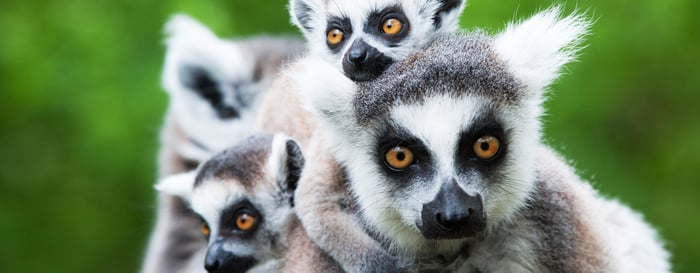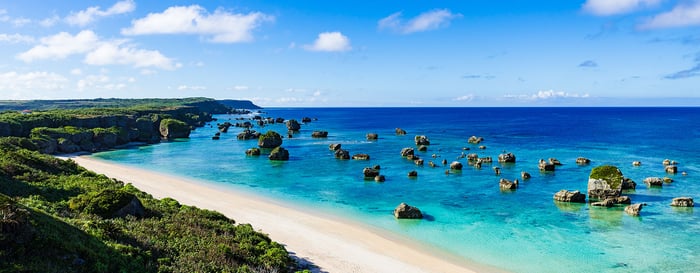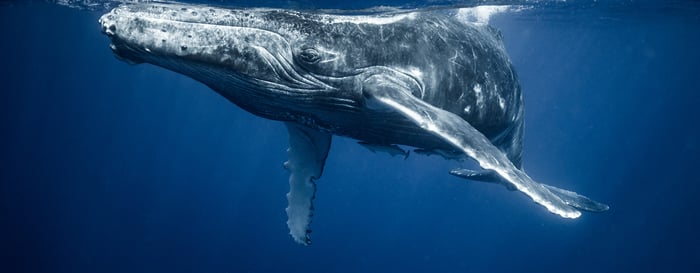Lightfoot Travel
WhatsApp Business Account
The colourful bumboats bump up against each other as they jostle for fares. The ramshackle scene provides a complete contrast to the slick skyscrapers that lie behind us. Chugging and spluttering as they line the dockside, the boat's weather-worn captains take it in turns to beckon people onboard. It was clear that we were ready to start an adventure. We are about to travel back in time and visit Singapore as it was 50 years ago. We are heading to Pulau Ubin, the granite island off the shores of Singapore that hasn’t changed since the 1960s. With now only 100 people living on the island and a handful of sleeping dogs, Pulau Ubin is a snapshot of how life used to be on the mainland.
Climbing aboard the bumboat we take on place on the banquet seats that line either side of the boat. Leaving a plume of smoke behind us, we set off for Pulau Ubin. A fresh sea breeze blows through the cabin as we look out towards the tropical oasis that awaits us. Ten minutes after leaving Changi Point we arrive at Pulau Ubin in the Straits of Johor. Leaping from the back of the boat, we climb up the stairs of the jetty before heading into the town.

A caw of a hornbill greets us as we made our way along the high street filled with kopitiams [tea shops], bike hire shops and seafood restaurants, whipping up an array of exotic dishes for the weekend adventurers.
While the kampung was bustling with people pumping up bicycle tyres, squeezing around sleeping dogs, and islanders beckoning people in to their shop, the rickety row of wooden shops and houses with their tins roof covered by palm trees also gave the town a relaxing vibe.
Thanks to the fact that its fast-developing neighbour has turned the former research area and quarry into a tourist spot, the flora and fauna of the island had been able to flourish. The island is now home to hornbills, kingfishers, monitor lizards, otters and wild hogs.
Visitors can tour the 1,020-hectare island by foot, bike or kayak. These are just three of the Pulau Ubin activities available. We were here to take to the water once more and explore the island’s famed mangroves.

After a brief rain shower kept us at bay for 30 minutes (it is the tropics after all), we were able to take to the water. After a quick safety talk by our guide, we carried out kayaks down the main road – between the bikers, dogs and bemused looking locals – before we let them down on the beach and pushed them into the water.
Our group featured an outdoorsy family, young couples and a young guy looking for something more interesting to do with his weekend rather than watch TV. After paddling out past the arriving bumboats, we came across the villager’s floating fish farms where they pull tilapia, mullet and trevally out of the water. The fish goes to the restaurants on the island as well as back to the mainland.
Our guide tells us that they are never sure how long this idyllic life will last on Pulau Ubin as the mainland is now looking to Malaysia for its produce. The fisherman of Pulau Ubin can’t supply enough to feed their ever-expanding city on its doorstep.
But as we paddle around the rocks to enter the island’s mangroves, we are about to leave the worries of the 21st-century behind – for the next two hours anyway.

Leaving the slightly rougher sea water behind and gliding into the mangroves, all we could see was a technicolour tropical forest… Singapore as it would have looked when the first settlers arrived. Scots Pine trees could be spotted next to palms, as our guide explained that each settler brought produce from his or her own land to plant. And as there had been no development on the island, this magical melee had remained.
Moving further into the mangroves, flying fish skipped across the front of our boat, while a kingfisher busied itself around the edge of the waterway. Until we got too close and it decided to fly further into the forest and avoid a paparazzi moment.
Turning a corner we were about to be treated to another surprise, as a water monitor lizard was enjoying catching some rays on its own in the lagoon.

Even if we weren’t lucky enough to come across the wildlife, the mangroves would still have been a magical place. Away from the skyscrapers and busy roads, it was a time to relax, get away from it all and just soak in the sounds of the forest.
After snaking our way around the waterways and getting our own island detox, it was time for us to return back to shore. But before we left the mangroves we were treated to another surprise as a family of four hornbills flew into the trees where we were paddling. Shaking out their wings and tail feathers, they were oblivious to the sightseers below.
It was then that our guide drew our attention to the rocks that we used to paddle around to mark our entryway into the mangroves – they weren’t as authentic as they originally looked. They were in fact lumps of concrete that had been made to look like the surroundings. The concrete rocks had been placed there to help prevent soil erosion. A sign of other issues that this tiny island faces.
Paddling back into the Straits of Johor towards the beach, I caught sight of the glittering Singaporean skyline. Since its independence 50 years ago, it’s clear that Singapore has come a long way. But I’m pleased to see that this little pocket of Singapore has been saved… as it’s good to switch from that fast pace to the slow life every now and again.
Photography: Afur Wong and Danny Santos/Singaporean Tourism Board

From $24,980 pp

From $5,870 pp

From $4,600 pp


